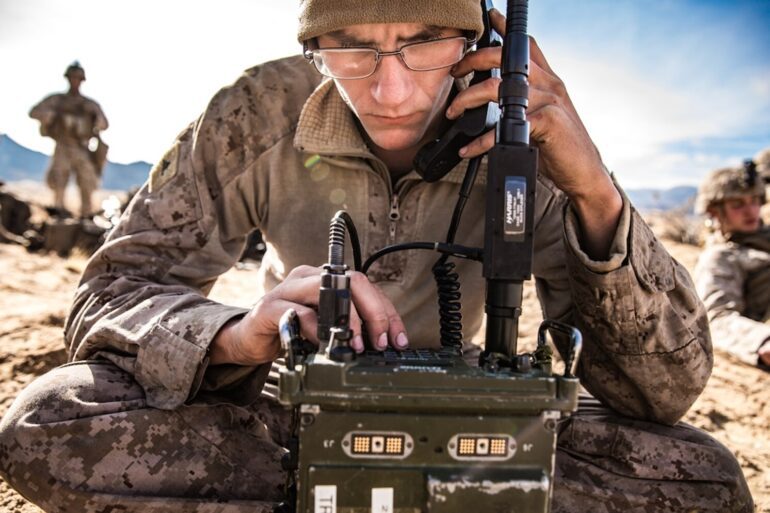TL;DR:
- US Air Force seeks industry assistance in AI and machine learning development.
- Four-year Extreme Computing program with a potential worth of $497.9 million.
- Three technical areas: Advancing Computing, Nano-Computing, Neuromorphic Computing.
- Focus on compact, energy-efficient, and high-performance systems.
- Emphasis on innovation, bio-inspired computing, and computational intelligence.
Main AI News:
The US Air Force Research Laboratory Information Directorate in Rome, N.Y., is taking bold strides in harnessing cutting-edge technologies to bolster its military capabilities. In a move that underscores the importance of innovation, Air Force computer scientists are extending a hand to industry leaders, soliciting their expertise in the realms of nano-computing, neuromorphic computing, machine learning, and embedded deep learning. This collaborative endeavor comes as part of the four-year Extreme Computing program, as detailed in the broad agency announcement FA875023S7004.
As the September 28, 2028, submission deadline approaches, the Air Force eagerly anticipates the submission of white papers from companies across the technology spectrum. The stakes are high, with the program potentially offering rewards worth up to $497.9 million, including contracts ranging from $1 million to $100 million for selected participants.
The program’s objectives are outlined in three technical areas, each with unique challenges and promising prospects. First, the “Advancing Computing Technology and Applications” segment aims to develop computing systems that possess the attributes of sophistication, autonomy, intelligence, and assurance. These systems are destined to play pivotal roles in command, control, communications, computers, intelligence, surveillance, and reconnaissance (C4ISR) applications. Here, researchers are keen on technologies that are compact, energy-efficient, and feature high-performance embedded computing enriched with advanced machine learning capabilities.
Moving on to the second technical area, “Nano-Computing,” the focus is on air and space systems operating on the edge of technological possibilities. This involves an array of applications, from computer vision and knowledge extraction to autonomous flight and decision-making. Current technologies are insufficient for these demands, prompting a need for new CMOS-compatible materials that can elevate existing nanoelectronics. The goal is to create bio-inspired computing architectures with ultra-low power consumption, opening doors to groundbreaking possibilities.
The third technical area, “Neuromorphic Computing and Applying Machine Learning,” explores the potential for computationally intelligent systems in air and space domains. The focus is on perception, adaptability, resiliency, and autonomy, all geared toward energy-efficient systems. Researchers delve into the realms of computational neuroscience, nanoelectronics, nanophotonics, and high-performance computing to usher in an era of embedded deep learning, machine learning, and pattern recognition.
Finally, the fourth technical area, “Robust and Efficient Computing Architectures, Algorithms, and Applications for Embedded Deep Learning,” seeks to redefine efficiency in computing architectures and algorithms. The ultimate goal is to achieve orders of magnitude improvement in Size, Weight, and Power (SWaP) constraints, enabling the deployment of AI and machine learning in ground, air, and space applications.
Conclusion:
The US Air Force’s collaboration with industry leaders to advance AI and machine learning technologies not only signifies a significant investment but also a commitment to staying at the forefront of military capabilities. This initiative creates opportunities for tech companies to contribute to the defense sector, fostering innovation and potentially reshaping the market landscape in favor of cutting-edge AI and computing solutions.

